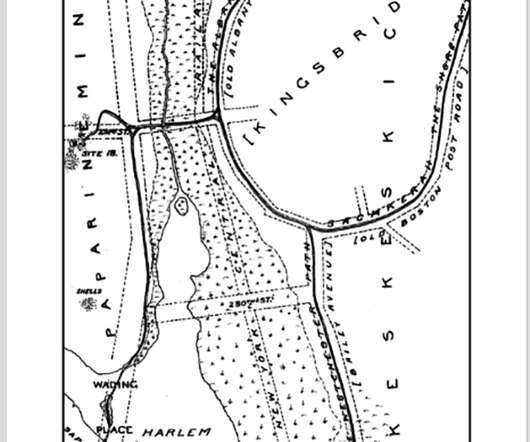Cliff Swallows and Pest Management
10,000 Birds
JUNE 20, 2012
All swallows are included under the Migratory Bird Treaty Act of 1918 as migratory insectivorous birds and as such are protected by state and federal regulations. It is illegal for any person to take, possess, transport, sell, or purchase them or their parts, such as feathers, nests, or eggs, without a permit. Herein lies the problem.












Let's personalize your content